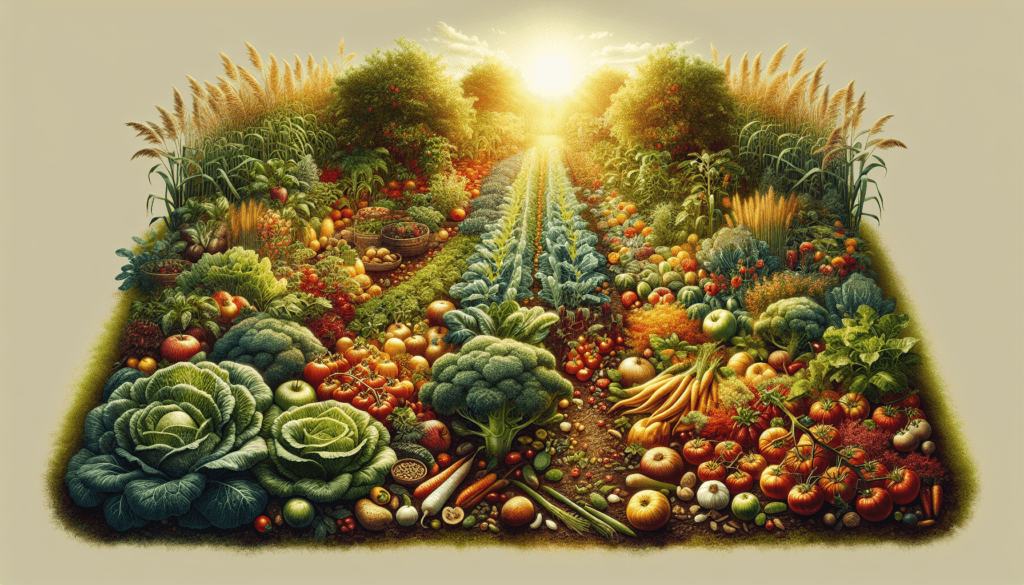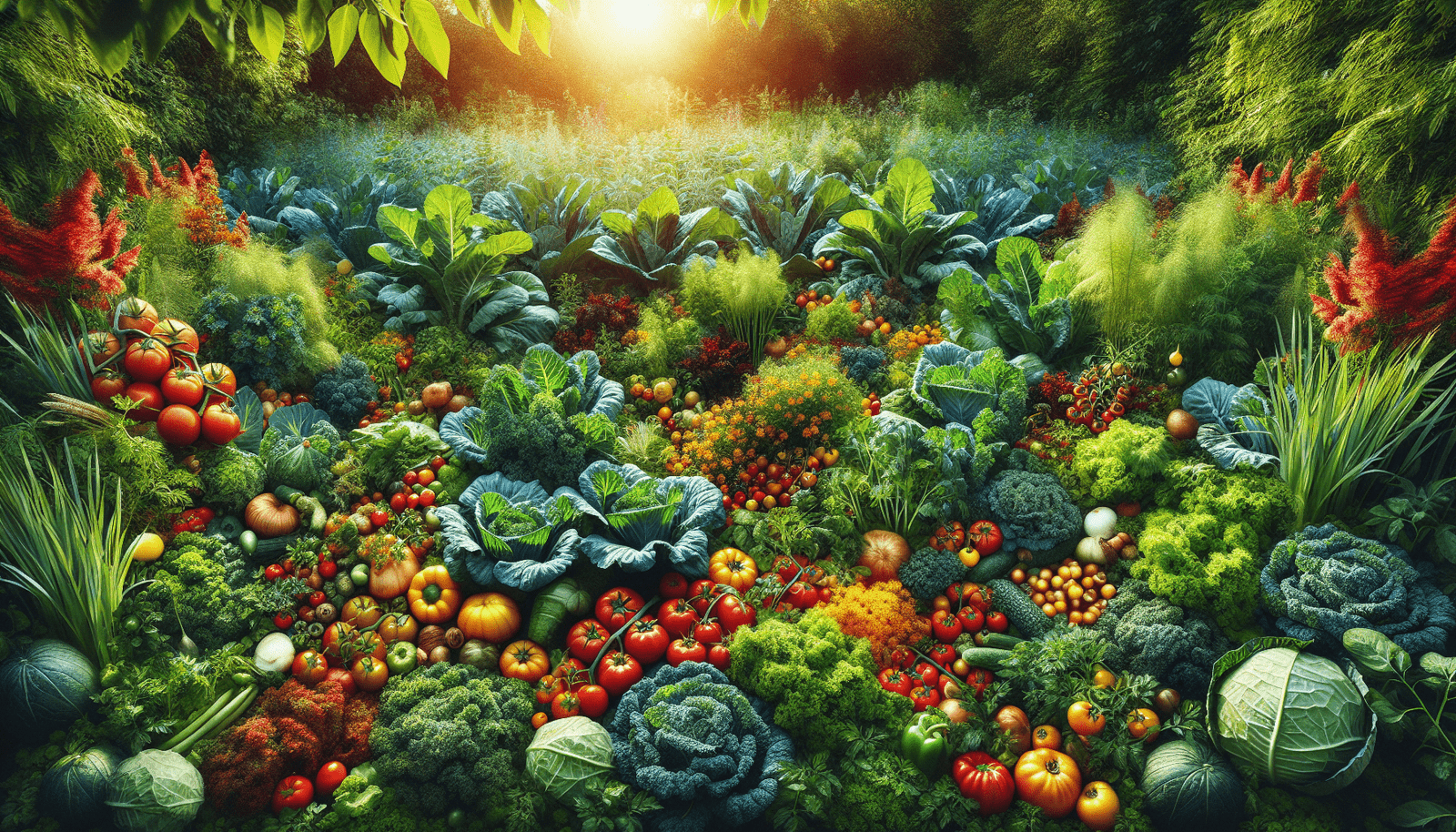How To Create a Garden That Provides Year-Round Nutrition
Are you interested in creating a garden that not only adds beauty to your outdoor space but also provides you with fresh, nutritious produce all year round? If so, you’ve come to the right place! In this article, we will discuss how you can design and maintain a garden that gives you access to a variety of fruits, vegetables, and herbs throughout the year. Let’s get started!

Planning Your Year-Round Garden
When you are planning a garden that will provide you with year-round nutrition, it is essential to consider several factors, such as the climate in your region, the types of plants that thrive in that climate, and the availability of sunlight in your garden. Plan out what you want to grow and when each crop will be ready for harvest.
To ensure a successful year-round garden, consider starting with a variety of fruits, vegetables, and herbs that have different growing seasons. This will enable you to have a continuous supply of fresh produce throughout the year.
Choosing the Right Plants
Selecting the right plants for your year-round garden is crucial to its success. Make sure to choose plants that are well-suited to your climate and soil type. Consider planting a mix of annuals and perennials to ensure a diverse range of produce throughout the year.
Vegetables
When selecting vegetables for your year-round garden, consider planting a mix of cool-season and warm-season crops. Cool-season vegetables such as broccoli, kale, and carrots are best grown in the spring and fall, while warm-season vegetables like tomatoes, peppers, and cucumbers thrive in the summer months.
Fruits
For fruit-bearing plants, consider adding a mix of berries, such as strawberries, blueberries, and raspberries, as well as fruit trees like apple, pear, and peach trees. Be sure to choose varieties that are well-suited to your climate and that will produce fruit at various times of the year.
Herbs
Herbs are a great addition to any year-round garden. Consider planting a variety of herbs such as basil, rosemary, and mint, which can be used in cooking and for their medicinal properties. Herbs are generally easy to grow and can be harvested throughout the year.

Creating the Garden Layout
Once you have chosen the right plants for your year-round garden, it’s time to create a layout that maximizes space and sunlight. Consider using raised beds or containers to make the most of your available space. Place taller plants at the back of the garden, so they do not shade smaller plants.
Companion Planting
Companion planting is a gardening technique that involves planting different crops together to enhance growth, deter pests, and increase yield. Consider planting companion plants such as marigolds, which can help repel pests from your garden, or planting beans near corn to increase nitrogen in the soil.
Succession Planting
Succession planting involves planting new crops as soon as one crop is harvested to ensure a continuous harvest throughout the year. This technique maximizes the use of space in your garden and provides you with a steady supply of fresh produce. Consider planting quick-growing vegetables like radishes or lettuce between slower-growing crops.
Maintaining Your Year-Round Garden
To ensure that your year-round garden remains healthy and productive, it is essential to provide proper care and maintenance throughout the year. Regular watering, fertilizing, and pest control are essential tasks that will help your garden thrive.
Watering
Plants in your year-round garden will have different water requirements depending on their growth stage and the season. Be sure to water your garden regularly, paying attention to the moisture needs of each plant. Consider installing a drip irrigation system to ensure that your plants receive the right amount of water.
Fertilizing
To keep your plants healthy and productive, it is essential to fertilize your garden regularly. Consider using organic fertilizers, such as compost or manure, to provide essential nutrients to your plants. Be sure to follow the instructions on the fertilizer package to avoid over-fertilizing.
Pest Control
Pests can be a major threat to your year-round garden, so it is essential to implement pest control measures to protect your plants. Consider using natural pest control methods such as planting companion plants, hand-picking pests, or using organic pesticides when necessary.
Harvesting and Storing Your Produce
Harvesting your produce at the right time is crucial to ensure that it is flavorful, nutritious, and at its peak freshness. Be sure to harvest fruits and vegetables when they are ripe, as this will maximize their flavor and nutritional content.
Storing Fruits and Vegetables
After harvesting your produce, it is essential to store it properly to extend its shelf life. Consider storing fruits and vegetables in a cool, dark place such as a root cellar or a refrigerator. Some fruits and vegetables can also be preserved through canning, freezing, or drying.
Conclusion
Creating a garden that provides year-round nutrition is a rewarding and fulfilling experience that can benefit your health and well-being. By planning carefully, choosing the right plants, and providing proper care and maintenance, you can enjoy a continuous supply of fresh, nutritious produce throughout the year. Start planning your year-round garden today and reap the benefits of a healthy and sustainable food source right in your backyard.

